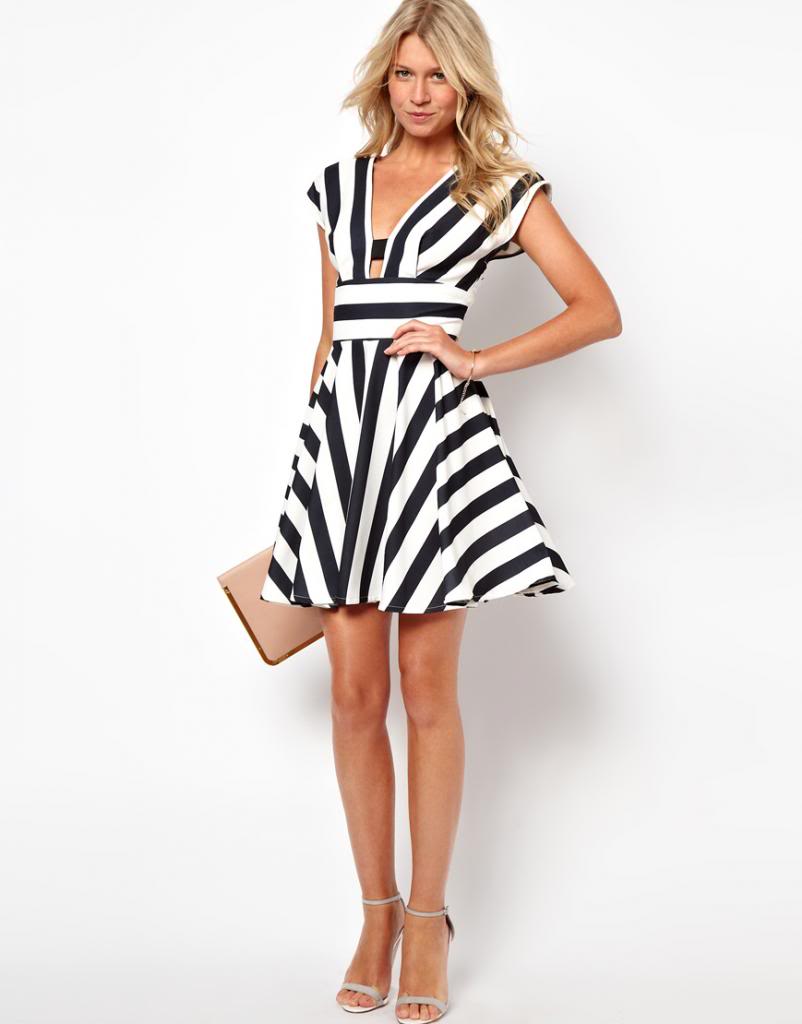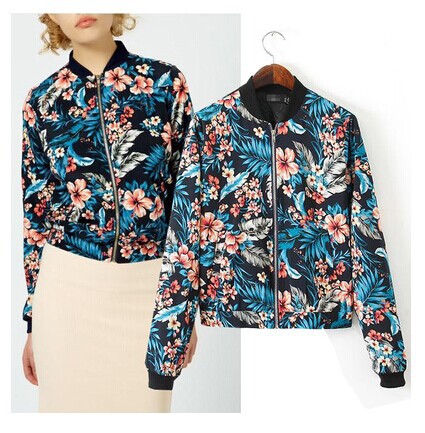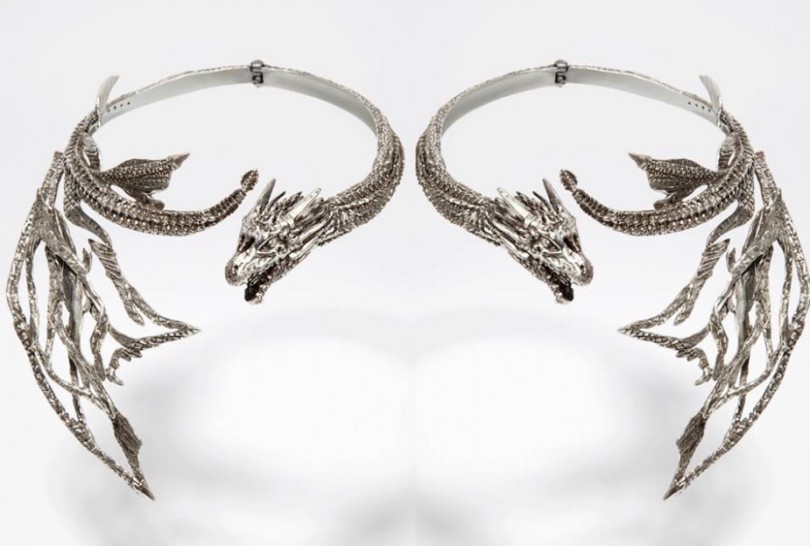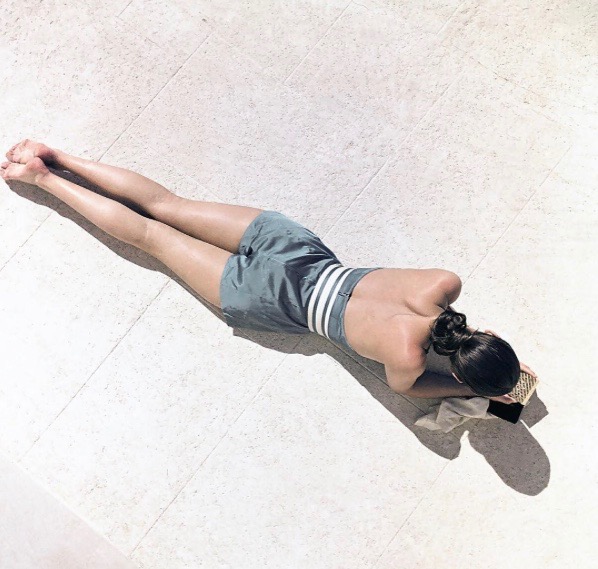
The warm, close summer months are something that we all look forward to after a long, dreary winter. It just feels like life is so much easier when you can wear a lesser amount of clothing. Shorts and a tee, a simple sundress – summer clothes are just so easy, you just put them on and go. However, that’s not to say that summer dressing doesn’t have its fair share of conundrums. Here, I look at one of the summer season’s most annoying problems; sunscreen stains.
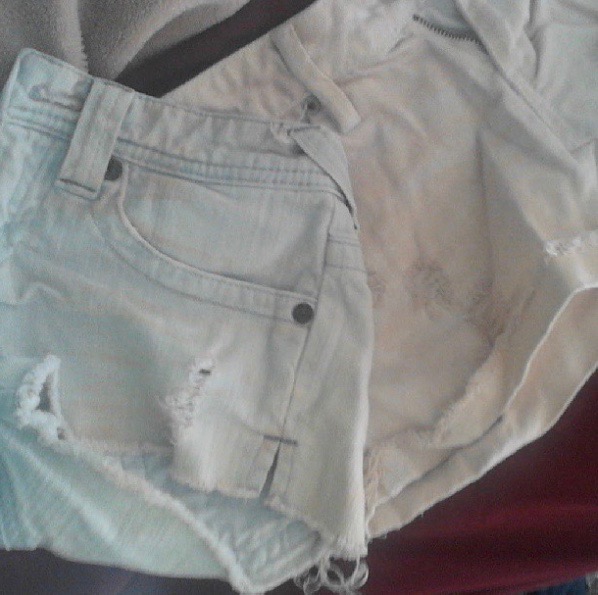
What Does a Sunscreen Stain Look Like and How Did I Get It?
Diligent summertime enthusiasts know the importance of wearing sunscreen as a part of their everyday routines, each and every time they venture outside. However, all too often, sunscreens (especially those of the chemical variety – as opposed to the natural ones made from titanium dioxide) often leave a not-so-subtle reminder of their presence on your clothing in the form of yellowish or greasy (or both) stains.
So why exactly does sunscreen leave such an unwanted signature behind? As it turns out, the reasons for this are multifactorial. Some sunscreen stains are nothing more than just an oily spot, generated by…you guessed it, the carrier oil that the manufacturer uses to blend the ingredients. this type of sunscreen stain can be removed much like you would remove any other grease stain. As with any other grease stain, the most important thing to do is to act sooner rather than later. If you can, remove the garment and apply some talcum powder to the stain. Allow this to sit for a few hours. The talc will absorb the grease, and in many types of fabrics (especially thin ones like silks), this is often enough to take out a minor grease stain.
If a greasy sunscreen stain is really soaked-in or covers a large area and won’t budge (or won’t budge all the way), your next step after the application of talcum powder may be to use a detergent designed to cut grease – common dish soap is often effective for this, but make sure to test an out-of-sight area of the fabric first. Many fabrics are not colourfast and will run or fade if they come into contact with a harsh detergent. After using any detergent on a greasy sunscreen stain, make sure you rinse the garment thoroughly.
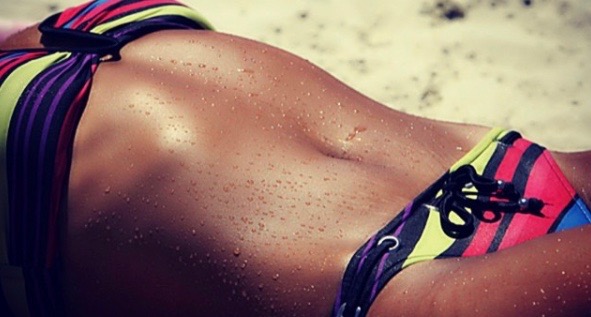
While grease stains are fairly able to detect and remove right away, there is another type of sunscreen stain that is more insidious. Brownish-yellow stains often appear on garments that you have worn while wearing chemical sunscreens after you have already washed and dried the garment. These are much harder to get out, and infinitely more heartbreaking if you discover one on a much-loved garment.
Brownish yellow stains that appear after the fact are most often caused by the chemical avobenzone, and are created when the avobenzone mixes with the minerals that occur naturally in the “hard” water that is found in some parts of the world. Generally, the severity of a stain depends on the amount of minerals in the water, and the makeup of the fabric that is stained. Things like cotton and silk tend to be easier to clean than synthetic fabrics such as polyester and rayon.
According to About.com, there is a technique specific to removing these brownish-yellow stains from your clothing. Pre-treat the stain with a commercial pre-wash stain remover, or even a bit of natural lemon juice (the kind you squeeze from an actual lemon, not the kind with the added sugar meant for consumption). Work the stain remover or lemon juice into the stain with your fingers, or for really stubborn stains, a lightly bristled brush. Allow the garment to sit for fifteen minutes, then wash it in the hottest water your machine will generate. Check the garment before putting it in the dryer, as high dryer heat can set the stain even further making it even harder to remove.

If you’re unlucky enough to have discovered a sunscreen stain on an item of clothing that requires dry-cleaning, your best course of action is to do what it says on the garment’s tag and take it to your local dry cleaner. This is especially important if the fabric is particularly fragile or vintage. Of course, the best advice in treating or removing any kind of sunscreen stain is to avoid getting one in the first place. You can choose sunscreens that are made from natural substances like titanium dioxide and zinc oxide to minimise the chance of it reacting with the mineral content of your water. However, natural mineral sunscreens can be thick, white, and pasty, so if you do opt for an easy-to-spread chemical sunscreen, make sure that you allow it to dry completely before you slip into your clothes. Equally, be aware that if you are going to be doing an activity that might have you sweating, even a well-applied sunscreen can run onto garments (not to mention into your eyes!), so the best way to avoid sunscreen stains is with a little careful wardrobe planning.



